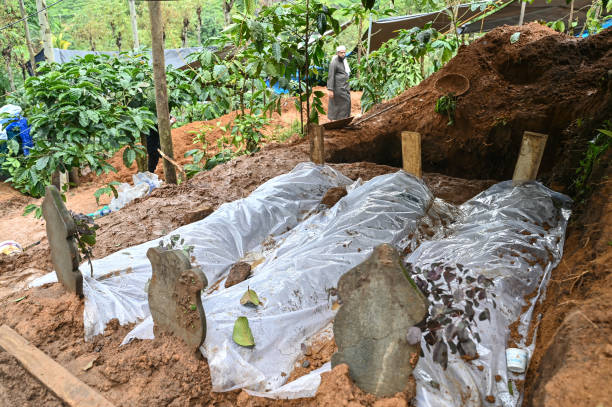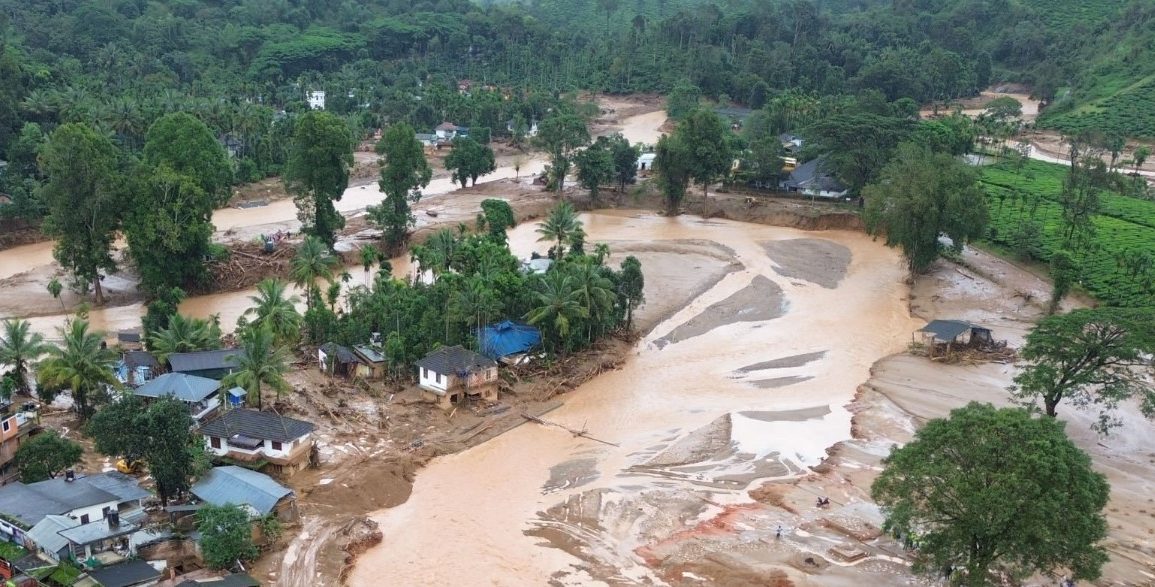In a devastating turn of events, the southern Indian state of Kerala has been hit by one of its worst disasters in years, as landslides have claimed the lives of 166 people, with nearly 200 still missing.
The tragedy struck in the hilly district of Wayanad, where two massive consecutive landslides swept through the region in the early hours of Tuesday.
The landslides, triggered by a torrential downpour that brought five times the normal amount of rain, wreaked havoc on the steep terrain. Some areas reported over 300mm (1ft) of rainfall within just 24 hours, overwhelming the landscape.
The sheer volume of rain caused the Eruvazhanji River to overflow and change course, inundating entire villages and leaving homes buried under a thick layer of mud. The devastation extended to the region’s tea and cardamom plantations, which were also severely affected.

Rescue efforts have been ongoing, with hundreds of workers braving adverse weather conditions and treacherous terrain to pull bodies from the mud and debris.
However, the operation has been hindered by the destruction of key roads and bridges, making access to some areas nearly impossible. As of Wednesday evening, about 190 people remain missing, including children, and hopes for their survival are waning.
The Indian army has stepped in to evacuate more than 5,500 people, including stranded tourists, from the affected areas. These evacuees have been relocated to relief camps as heavy rains continue to lash the region.
The disaster has sparked a political dispute, with India’s home minister, Amit Shah, accusing the Kerala state government of failing to act on warnings about potential landslides.
Kerala’s chief minister, Pinarayi Vijayan, responded by stating that a red alert was issued only after the landslides occurred, emphasizing that this is not the time for a “blame game.”
As rescue operations continue, the full extent of the disaster is still unfolding.

